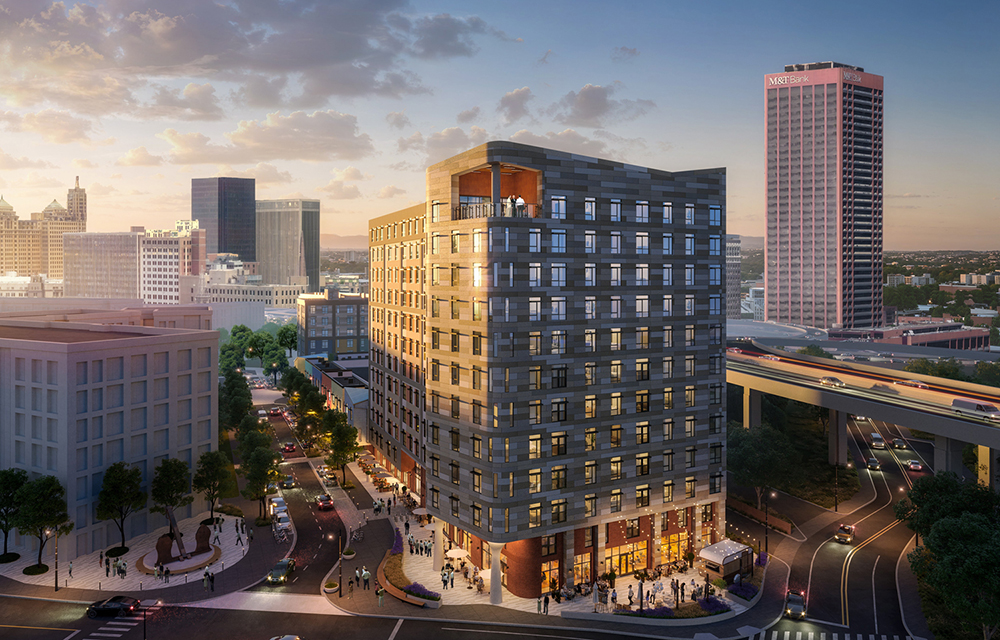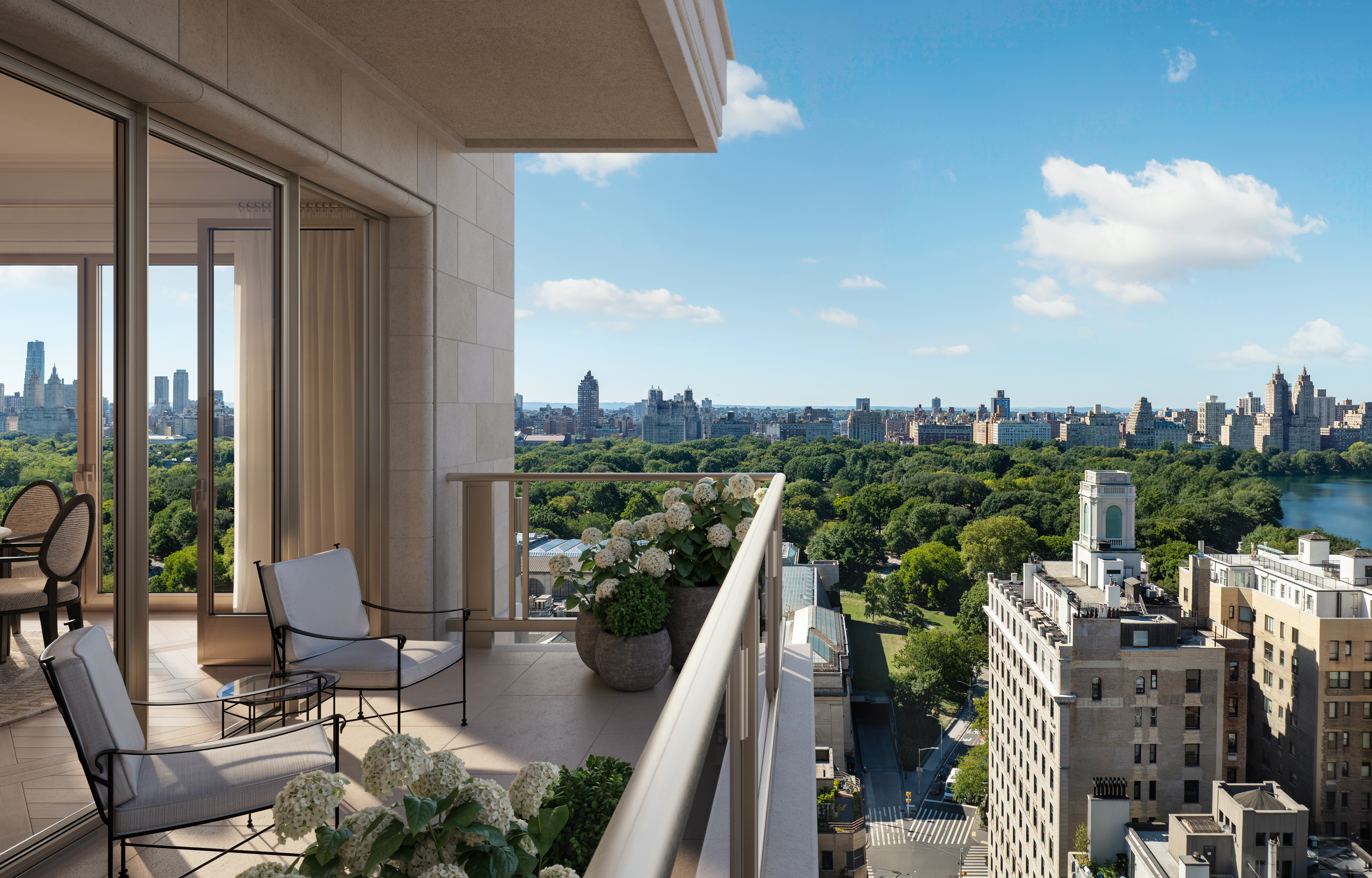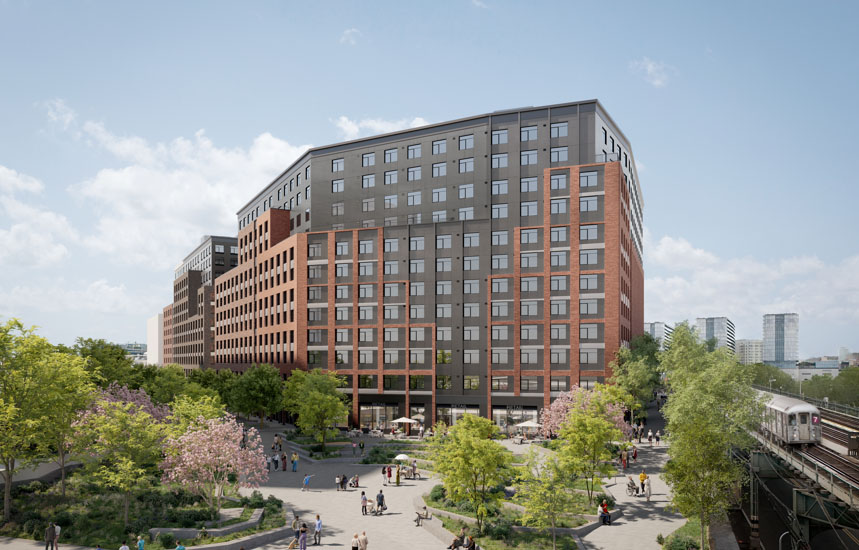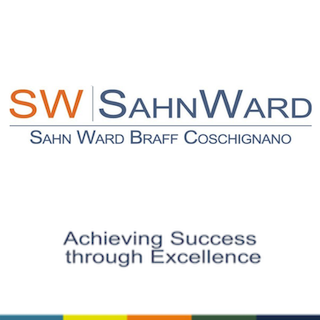The war for valuable talent: Smart workplaces and integrated management - by Nadine Cino

As the pendulum swings in the direction of smart workplaces and “hyper-personalized” employee amenities and work environments, from the “one-size-fits-all” cubicle farms of two decades ago, it’s somewhat astonishing to reflect and appreciate that the time-frame for this transformation is merely 20 years! As a “Boomer,”I have witnessed this transformation first hand!
Todays “hyper-personalized” level of services and work environments mandate the integration of technology to create management platforms which allow multiple functions of the building and the delivery of its amenities and services to be controlled in more accurate and customizable ways.
Given that mandate, the primary purpose of systems integration is to optimize and balance disparate factors some of which are objective, such as building performance, building wellness, energy and sustainability, and some of which are subjective such as occupant comfort, level and quality of services, amenities and flexibility.
It is anticipated that the Internet of Things will be integrated in some manner into over 8 million building management systems by the year 2020. This could be a good thing, as the point is to leverage technology advances such as AI and predictive/prescriptive analytics to manage building and sensor data such that it delivers on both (i) objective criteria such as functional building metrics and (ii) subjective criteria, such as a frictionless worker experience so enjoyable that workers become ambassadors for their employer, and through their enthusiasm, recruit new and valuable talent to their company.
Interestingly however, in the realm of digital natives for whom many of these work environments are designed, it appears that still, “word of mouth,” carries the most weight. What they want are human-friendly places in which to create valuable and meaningful, quality work.
“Forward thinking companies know this, and are creating workplaces that support their unique corporate culture. Creating spaces such as club rooms, meeting rooms of varying sizes and lounges alongside traditional individual desks help create flexibility and, most important, choice for employees, boosting talent recruitment and retention.”1
Hence, offices are becoming destinations where employees, contingent workers and partners come together to create new products, services and ideas. A new tool to help in accomplishing the “office as destination” model is Einstein, an energy management platform developed by Verdigris, which can be used to convert facilities into living environments by analyzing the data provided by its sensors and adjusting the building controls accordingly, says Verdigris CEO Mark Chung. He said, “Einstein makes it unbelievably easy to know what’s happening inside your building in real time, down to a single appliance.”2
Beyond “office as destination,” companies can use the data in many creative and efficient ways, enabling them to test A/B work environments and culture improvements the way advertising companies compare insights derived from A/B marketing campaigns.
With predictive/prescriptive analytics, companies would have the ability to combine multiple data sets to fine-tune and adapt their offering to their workers. For example, if usage data (such as chairs, desks, conference rooms) was combined with information about work habits, the insights garnered could be used to facilitate interactions and collaboration between workers whether they be in physical proximity of one another or located in a different part of the world.
Following this thread of thinking to another level, as the components merge, a connected network of humans, knowledge, property, amenities, things and machines forms so fluidly way as to seem liquid.
“Machines already are becoming part of the workplace and increasingly will augment, support and complement human labor, contributing to both the human and enterprise experience. A network of liquid spaces will develop around core space, serving corporates, start-ups, microbusinesses and freelancers.”3
Personally, I look forward to growing business opportunities in this new environment where the workplace is “a destination,” and a recruitment tool for talent to my business. I savor the possibility to enjoy, encourage and grow talent through the leveraging of technology and in so doing, help to create a more human-connected world. Thank you for the privilege of sharing my thoughts with you in this column.
Footnotes:
1. https://cre.tech/new-age-tech-enabled-workplace/
2. https://www.provada.nl/future/#/trend/einstein-next-gen-smart-building-management
3. https://cre.tech/new-age-tech-enabled-workplace/
Nadine Cino LEED AP, is CEO and co-inventor of both TygaTrax and TygaBox, New York, N.Y.
Habitat, Duvernay + Brooks and Buffalo Municipal Housing close on 254-unit first phase redev. of Marine Drive Apts.


Strategies for turning around COVID-distressed properties - by Carmelo Milio








.gif)


.jpg)
.gif)